It's so relaxing to have a pool that heats up during the cold season. But do you ever wonder how your pool heats? What is the purpose of a gas line and what size should it be? Just relax! We've researched the answers to these questions.
Generally, if the heater has a capacity of 250 gallons, the size of the gas line should be 1–50 feet long by an inch in diameter. And for the heater that has a capacity of 400 gallons, it should have a gas line of 1–50 feet long by 1.25 inches in diameter. However, the size may vary based on the capacity of a pool heater.
This article aims to give you insight into the correct size of a gas line in a pool heater. We'll tackle its purpose and importance. We'll also discuss some related matters about pool heaters. You have so much more to learn with us. Just keep reading!
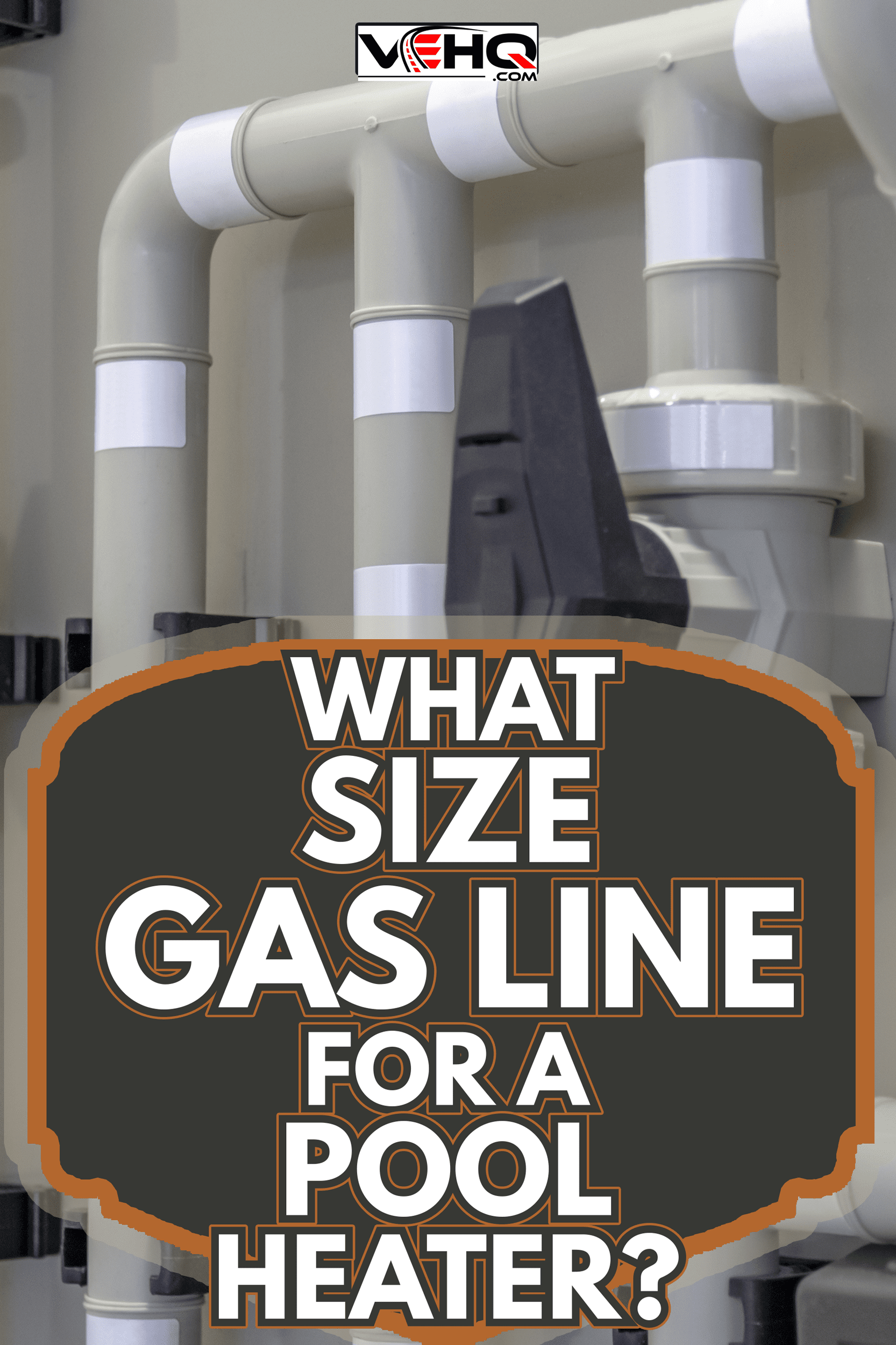
What Size Should the Gas Line Be For A Pool Heater?
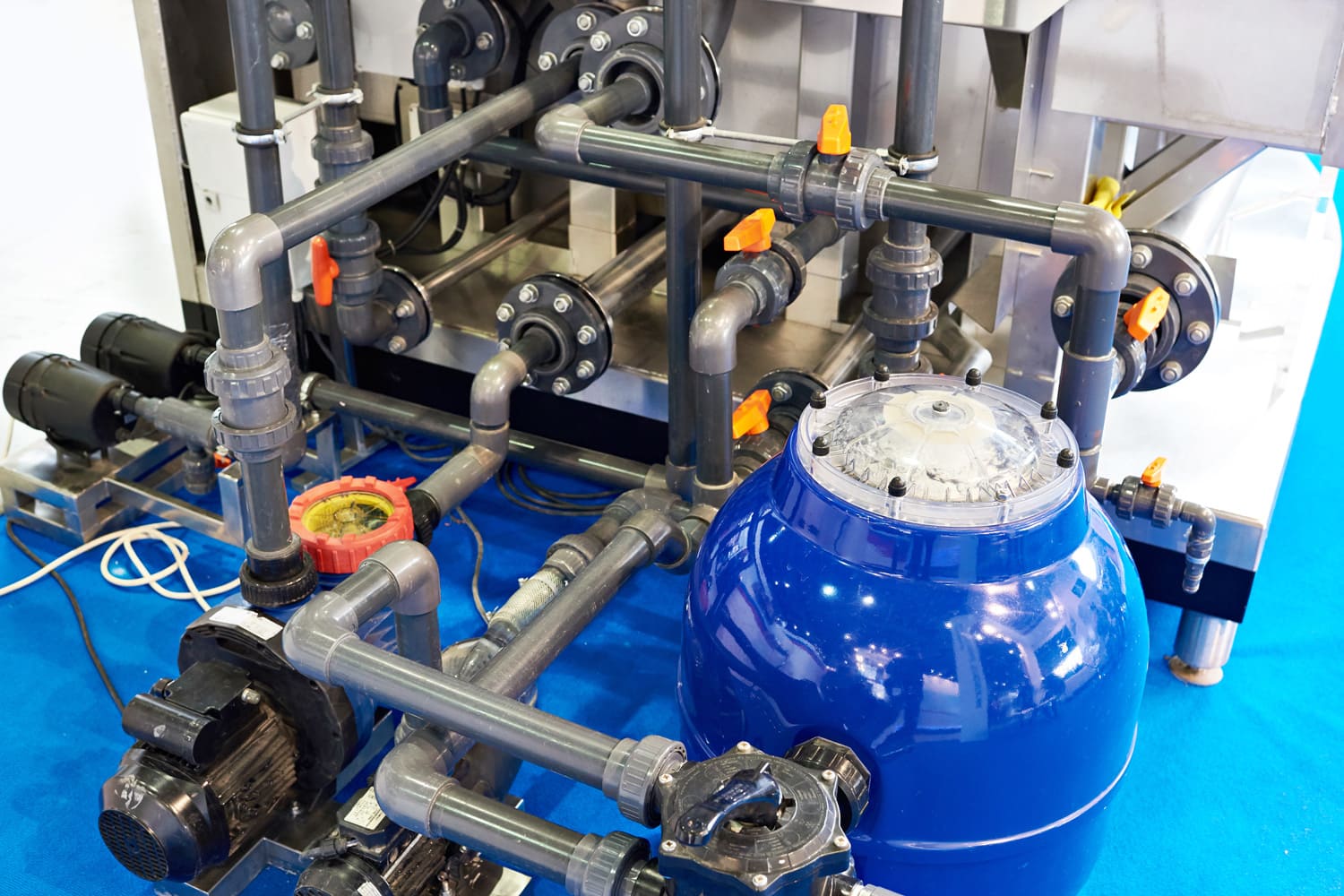
The size of the gas line should match the capacity of the pool heater. It's crucial to examine the size of a gas line, as this will affect the entire heating process. See below for the things to consider.
1. The Heater's Capacity

The heater, known in some places as a boiler, has a limit on how much water it can hold during the heating process.
Commonly, heaters can hold 200–400 gallons of pool water or more, depending on the manufacturer. The heater's capacity is the first thing you should know in order to determine the proper size of the gas line. The heater connects to various pool components, such as the heat exchanger and circulator pump.
2. Length and Diameter Of the Gas Line
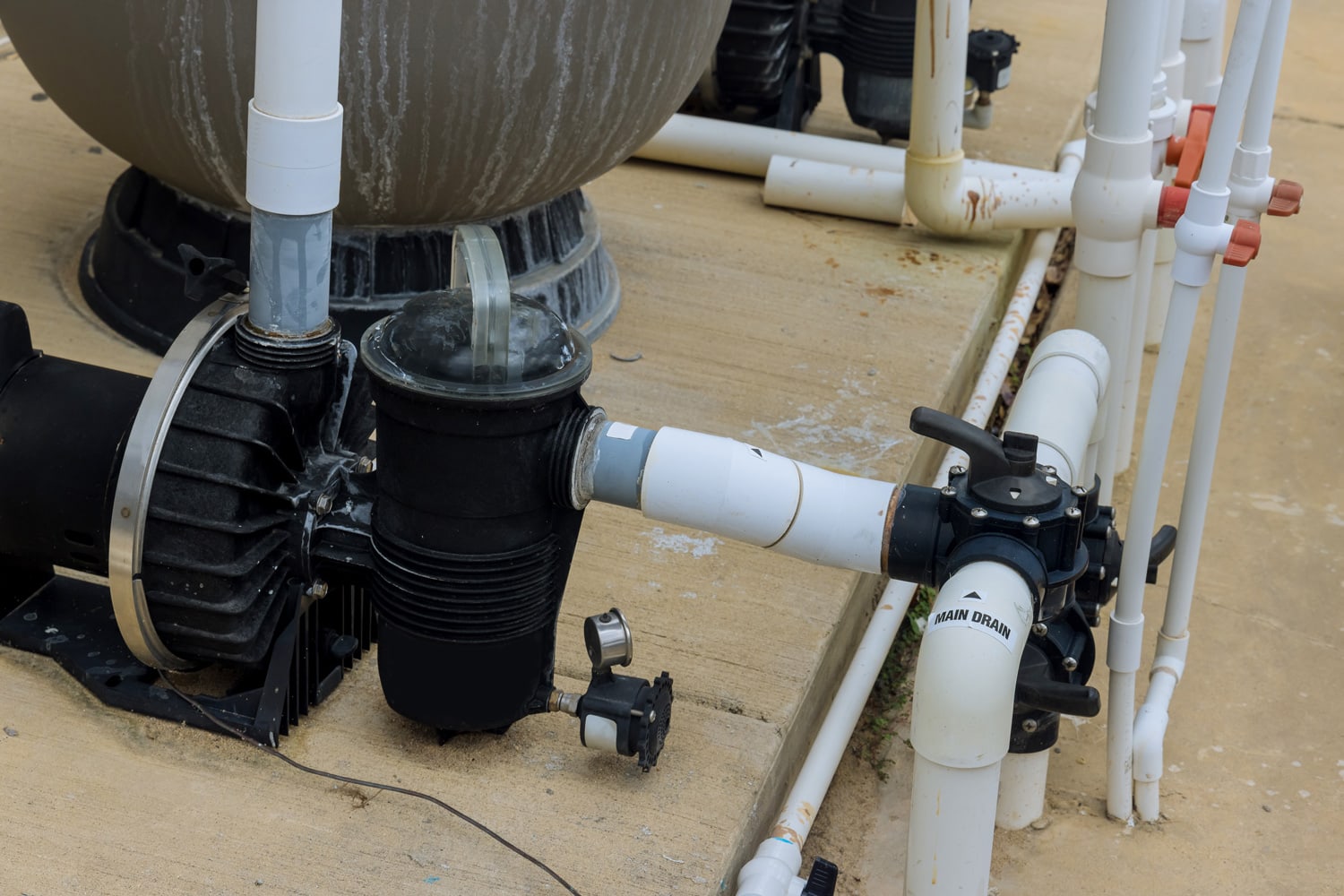
The size of the gas line is usually measured during the pool installation. This is to estimate the proper distance between the components, as they should match the pool size. We strongly advise you to seek the assistance of a professional for proper measurement.
In estimation, the heater with a capacity of 200 gallons should use a gas line with a 1" diameter and 1-50 foot distance. While the gas line should be 1.25" diameter for 51–200 feet of distance.
If the pool heater has a capacity of 400 gallons, you need a gas line of 1.25" diameter for a distance of 1–50 feet. While it should be 1.5" diameter for a distance of 51-200 feet.
How Does the Pool Heater Work?

Pool heaters use a gas that burns the water that the pump filters from the pool. The gas then starts heating up the filtered water in the combustion chamber. As a result, hot water will return to the pool.
However, the pool heater is not the primary source of the heating process. There are a lot of things happening in the system before hot water is produced.
See below for what happens in the pool heating process.
1. Drainage of Water
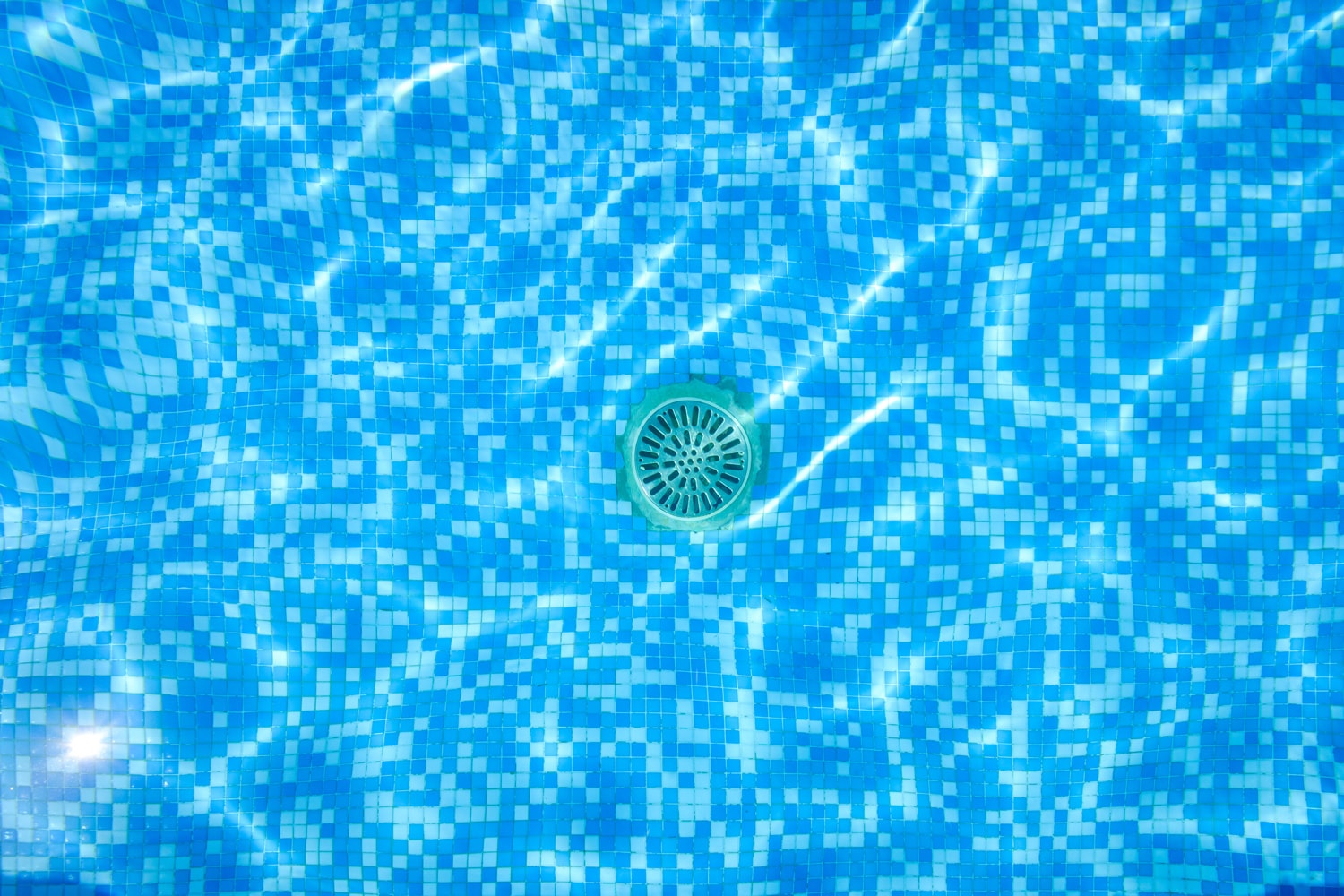
The first thing that happens is the draining of pool water. There are two ways the water can exit: either by the main drainage or by the skewer.
The main drain is located at the bottom of the pool. While the skewer is located at the higher level of the pool. The skewer prevents the water from overflowing by draining the excess that passes above the normal level.
Both the main drainage and skewer are connected to the pumping system for circulation.
2. Water Pump
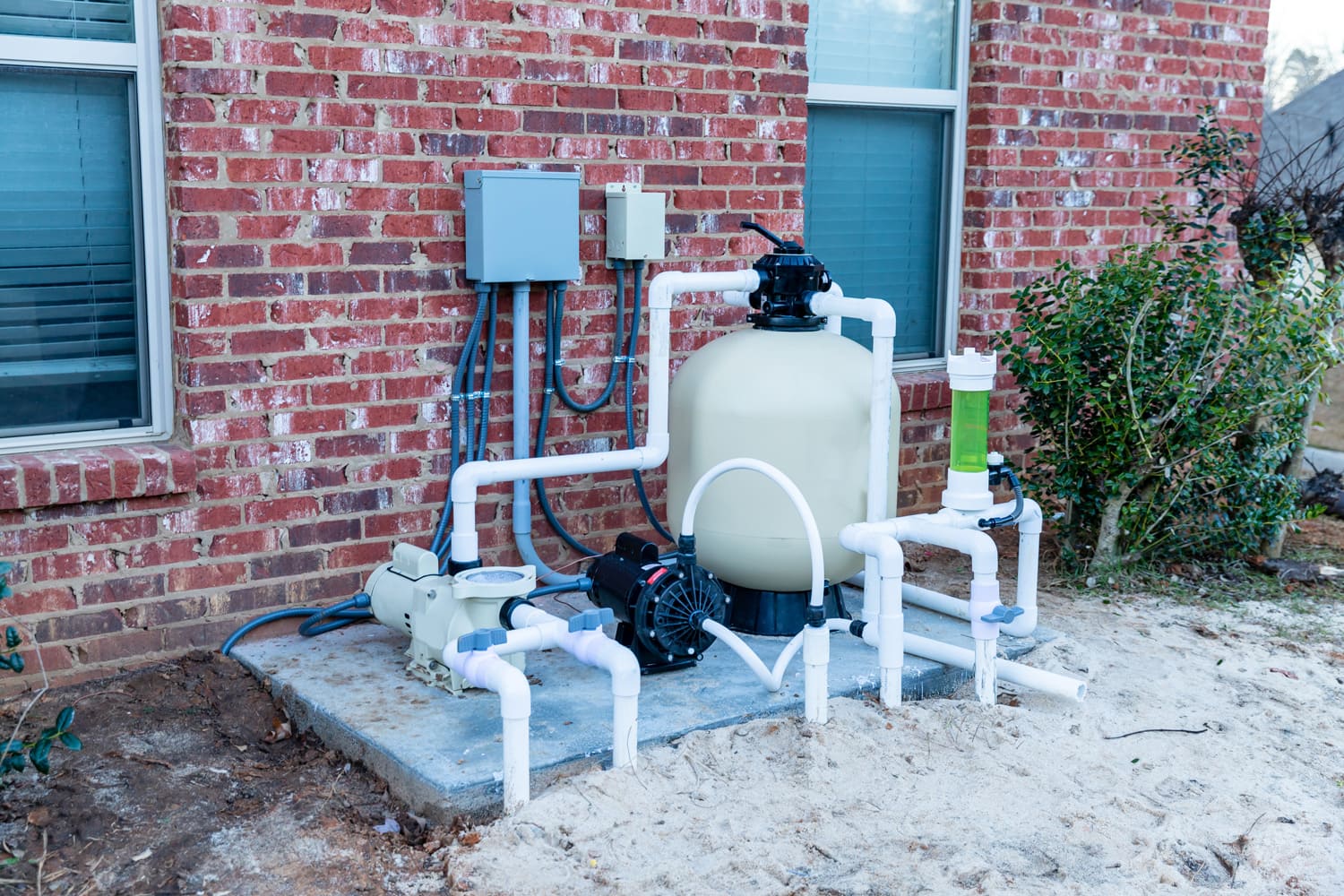
The purpose of a water pump is to apply pressure to the water flow so it can reach the filtration system. The drainage alone will just let the water stuck in the pipe.
3. Thermostat
A thermostat is responsible for locking the passageway once the desired temperature has been reached. The water just circulates continuously until the thermostat detects the changes in its temperature.
The heater will stop heating up the water since the pipe between the pump and filter is blocked. However, the thermostat will reopen the pipe when the water temperature drops below the set range.
4. Filter and Waste
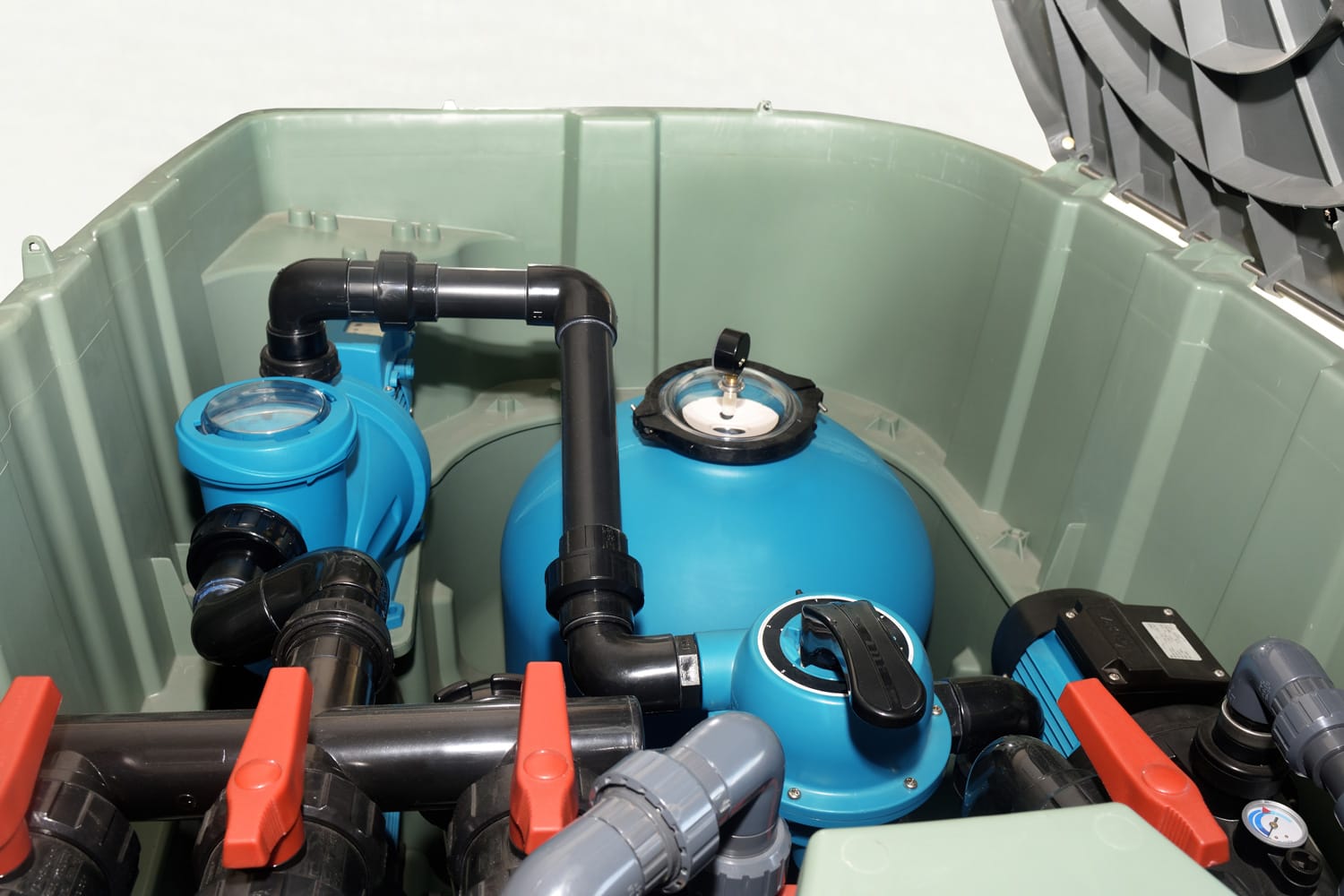
Next to the thermostat is the filter tank. The water coming from the pump will go through a sanitation process in which the filter tank cleans the water with a chloride solution.
The filter tank then drains the dirty water into the waste tank. While in the opposite direction, the clean water will proceed to the next process. However, you should remove the dirt collected in the waste tank. This is to let the filter tank clean a greater volume of water.
The importance of the filter tank is to prevent the pool from getting damaged. The dirt may go through the heater, which will cause major issues like clogging of the pipes. We'll tell you how to clean the filter yourself later in this article.
5. Heat Exchanger
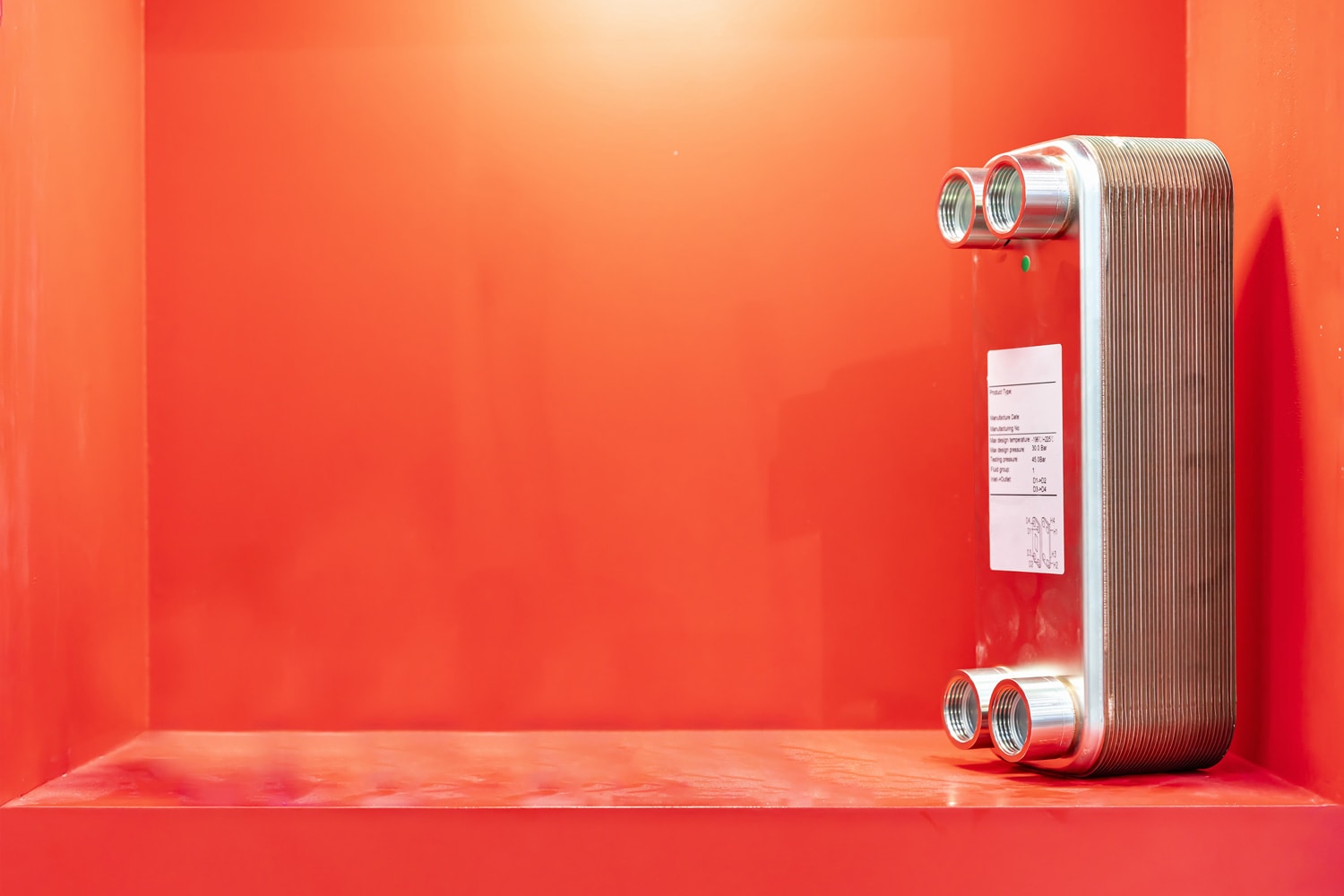
Next is that the filtered water will go through the heat exchanger. A heat exchanger catches the cold water and heats it up with metal wires installed inside of it.
Do not confuse the heat exchanger with the heater. Their main difference is that the heat exchanger simply converts the cold water into hot water. While the heater just boils the fluid responsible for heating up the temperature of the water.
6. Heater
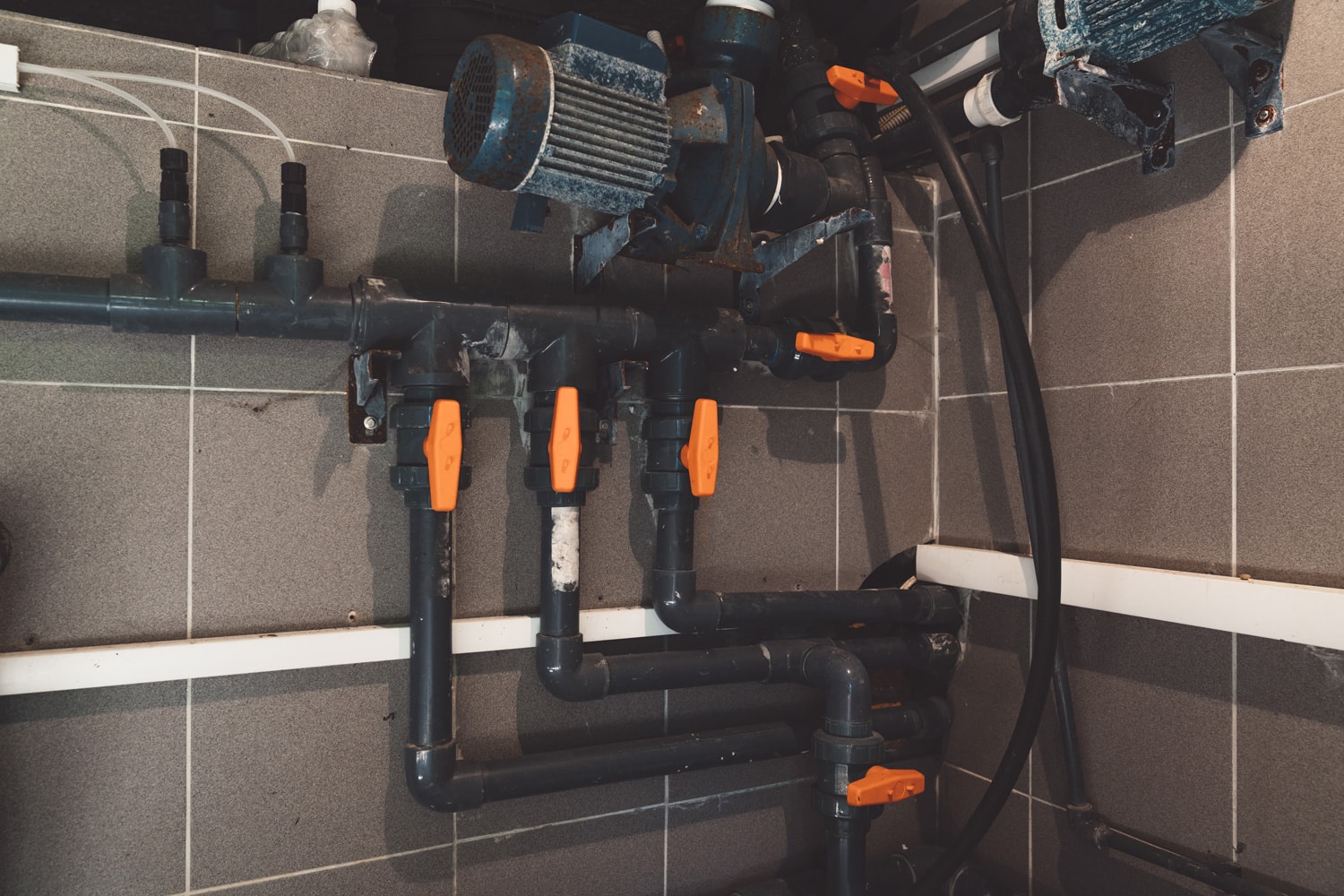
The heater does not have direct contact with the water. Instead, the heater is activated by the burner and heating coils that boil the propane from the gas line. This is where the gas line takes place by directing the propane gas into the heater with the help of a blower. The fan will exhaust the evaporated gas out into the open space.
The heater is usually adjacent to the heat exchanger. The burner transfers the heat to the heat exchanger without actually mixing the water with propane gas. As a result, the heat exchanger will release the boiled water through its exit valve.
7. Ciculation Pump
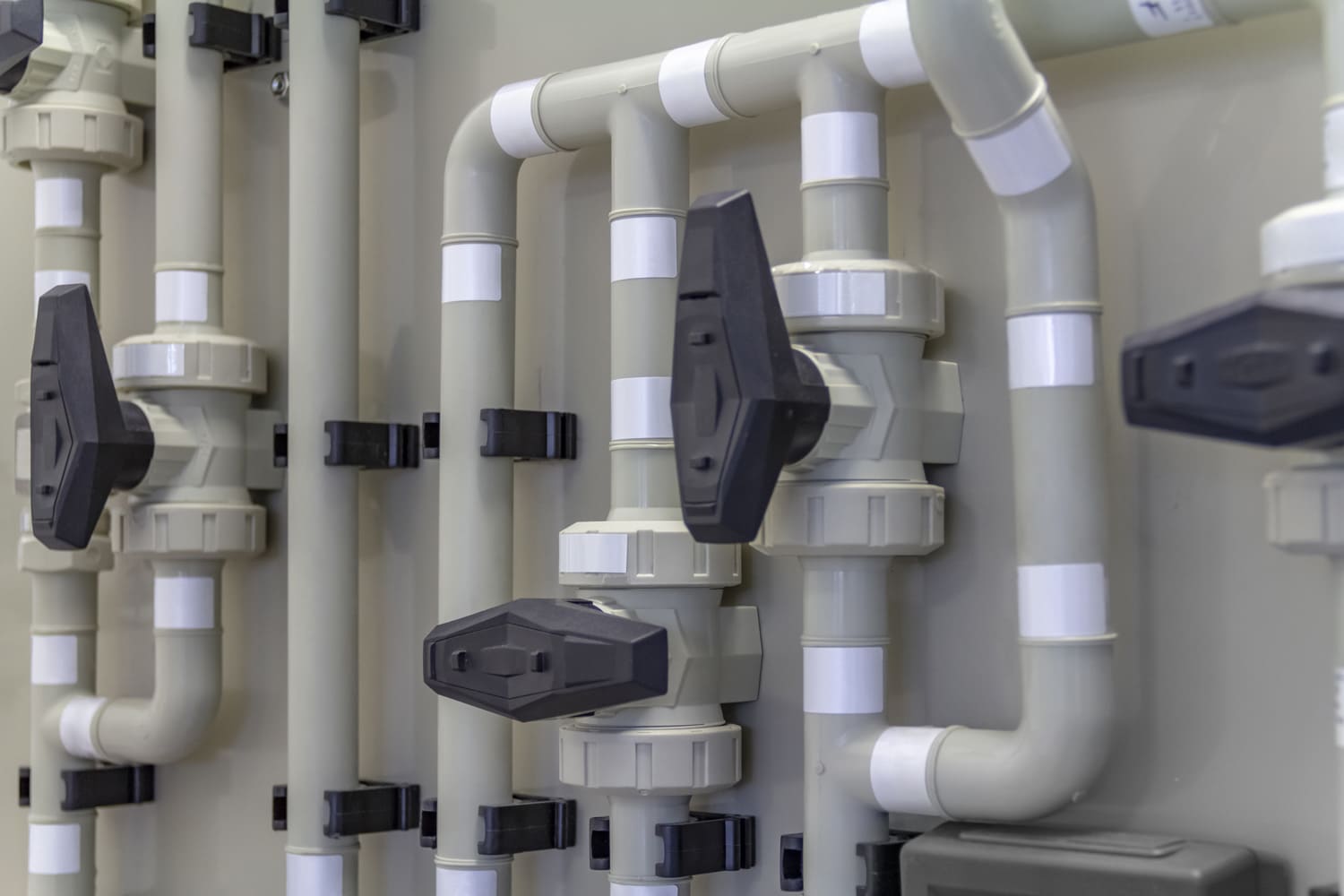
Once the heated water exits from the heat exchanger, it will then pass through the circulator pump. The circulation pump simply makes the water flow continuously to balance the temperature and prevent it from overheating.
In simpler terms, the primary purpose of a circulation pump is to create a loop of water flow between the heat exchanger and the heater. Without the circulation pump, the heater will continuously boil the water, which will result in a constant rise in temperature.
8. Hot Water Discharge
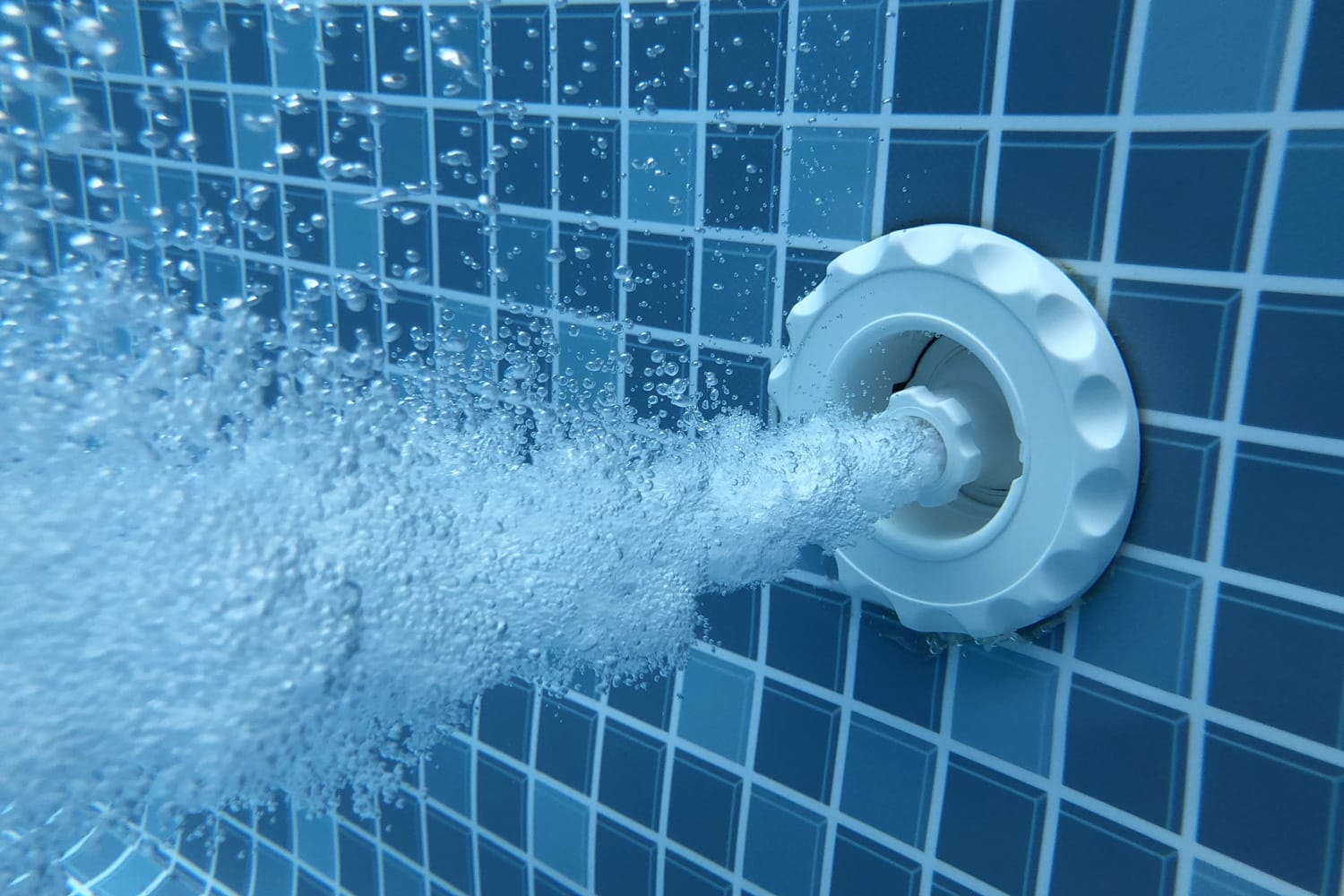
Finally, the hot water will come out of the pipe through the pool. It will mix with the pool water until it goes back to the drain and skewer to restart the entire heating cycle.
How Deep to Bury Gas Line For Pool Heater?
The gas line should be buried at least 18–24 inches deep. This is to ensure the safety of the environment and to balance the pressure with the length of gas pipes. Also, check the durability of the pipes before installation. They should be able to carry an additional load when you bury them either in soil or in concrete.
The riser pipe is recommended to be as close as possible to the pool heater so that the gas can reach it faster and minimize the use of pipes.
How Long Should A Pool Heater Run?
Heating up the pool water can consume time. An average pool size with a capacity of 18,000 to 20,000 gallons of water will take around 13–14 hours to heat up and reach the usual temperature. It's important to monitor the heating process until it reaches the desired temperature.
How to Clean the Filter Tank
As mentioned above, it's important to clean the filter tank and maximize the efficiency of the sanitation cycle. You should learn how to clean it on your own at least once a month.
Prepare these tools for cleaning the filter tank:
Cleaning Solution
You can use a non-acidic cleaning solution.
See this filter cleaner on Amazon.
Scrubbing Pad
You need a scrubbing pad for tamping down hard dirt.
See this scrubbing pad on Amazon.
Gloves and A Mask
Wear your gloves to protect your skin from irritation. Wear a mask as well to avoid inhaling chlorine and other chemicals.
Wrench
Unlock the top of the filter tank with a wrench.
Now, follow these steps:
- Turn off the entire pool system, including the filtration, heating, and pumping systems.
- Wait for at least 30 minutes to cool down the pool water, then drain the filter tank afterward.
- Open the tank with a wrench to remove the filters, then apply a cleaning solution mixed with water. Wait for at least 10 minutes to dissolve the dirt.
- Rinse the filter with water while scrubbing its surface.
- Let the filter dry before you put it back.
Conclusion
Throughout this article, we've discussed the essence of using a gas line of the proper size. Take note that sizes may vary depending on the capacity of the heater.
We also discussed the heating process, including how long the heater should run.
You've learned how the gas line works and how it helps in directing the gas into the heater. Lastly, don't forget to clean the filter to improve the pool's water circulation system.
Did you know that you can learn more? Just visit these articles:




